Puzzle meticulously constructs the restricted environments around two appealing characters, almost to the point where viewers almost believe they are credible and that they almost fit together.
Geographically, Natalia Smirnoff’s Puzzle (Rompecabezas) (2009) travels from its original setting of Buenos Aires to the East Coast. After the introductory opening sequence, there are two surprises.
Agnes (Kelly Macdonald) is going all out to prepare for a party in the small Bridgeport, CT, home that seems to define her. She grew up there taking care of her Italian immigrant widowed father, and now she looks after her auto mechanic husband, Louie (David Denman), and their grown (immature) sons. She quietly attends to every detail of the party: serving, refilling glasses, cleaning up, and even picking up the pieces when the otherwise nice guy Louie accidentally drops a plate. So when she lights the candles on the cake, all gather around and sing “Happy Birthday”—to her. Viewers might do a double take.
This is Agnes’s Big 4-0 Birthday. Her sons give her a present—in the kitchen, of course—and whoa, it’s an iPhone! For sure, Agnes lives in the 1950s, or maybe the 1970s, yet this is taking place in the 21st century? Where there’s a worldwide web of information waiting for her? So she has a heck of a lot of catching up to do, and the interest that will motivate her to do so, ironically, is something old-fashioned: jigsaw puzzles, because she is really good at putting them together. Braving the commuter train to Manhattan, evidently for the first time, she nervously ventures into a specialty puzzle shop.
Her developing confidence leads her to follow-up on a notice for a partner needed for a jigsaw puzzle competition (yes, this is a real thing). Agnes enters a handsome but nearly empty brownstone, home of the puzzle partner seeker, Robert, and the charming Irrfan Khan is the big reason to see this film. If anyone ever makes a musical version of this story, Khan could probably appear in that film, too, based on a funny introductory number about his eccentric career as an engineer inventor, whose tinkering paid off handsomely—until he got creative block and a divorce. Robert insists that good puzzle partners need have to become good dance partners first, and there are several dance-to-music scenes that indicate Agnes’s transformation. Their give-and-take in learning each other’s puzzle-solving styles, and about their lives, is like a delightfully choreographed dance, and Agnes even learns to lead. Yet, she keeps her growing passion secret from her friends and family with elaborate excuses.
Though this genial film is well acted and visually well constructed, the directorial debut of producer Marc Turtletaub is not quite convincing in taking a different route than the original movie regarding the central relationship. Both Turtletaub and screenwriter Oren Moverman say they wanted to pay tribute to their mothers, who were part of the last generation who didn’t get to have the opportunities the filmmakers have imagined for Agnes here. But putting a contemporary spin on a mid-20th century-type of woman feels like a jarring anachronism for this working-class family.
Instead, focus on how Macdonald beautifully lets Agnes slowly bloom and the inventiveness of Khan’s irresistible inventor.

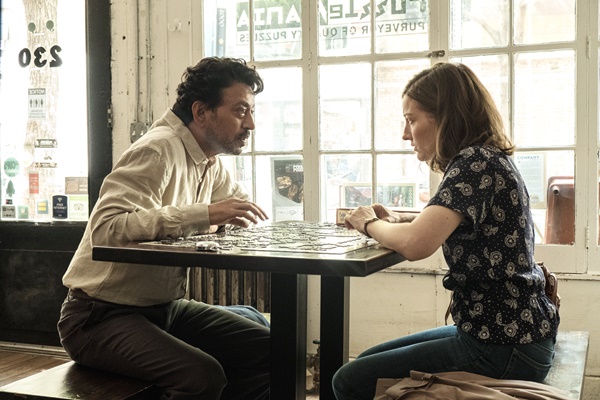

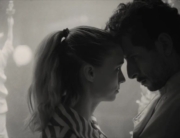
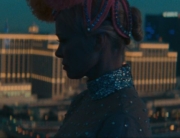
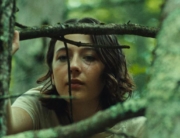
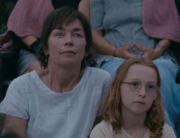
Leave A Comment